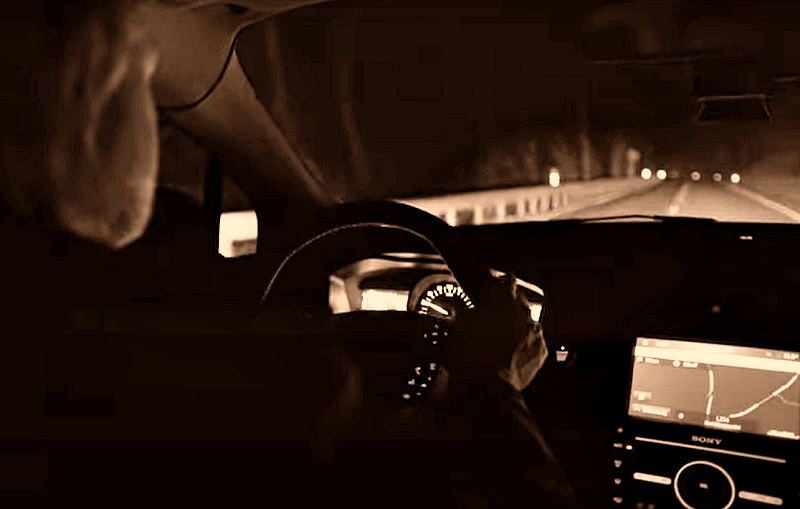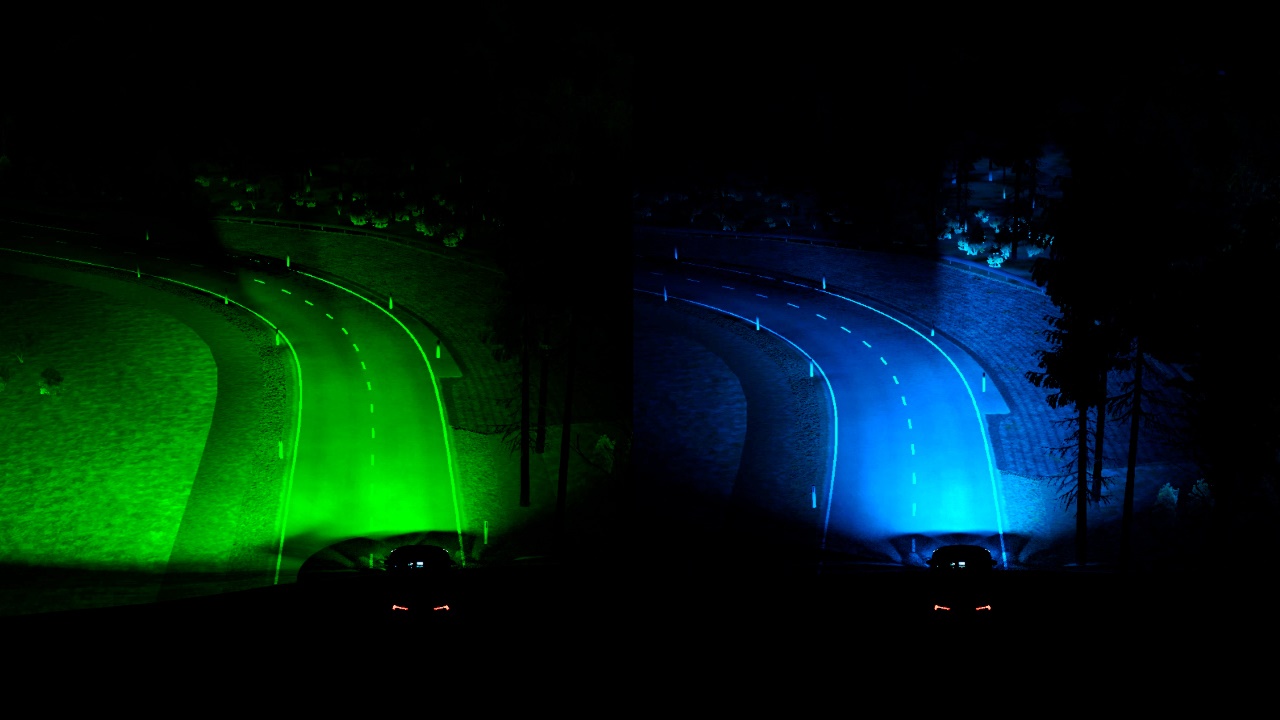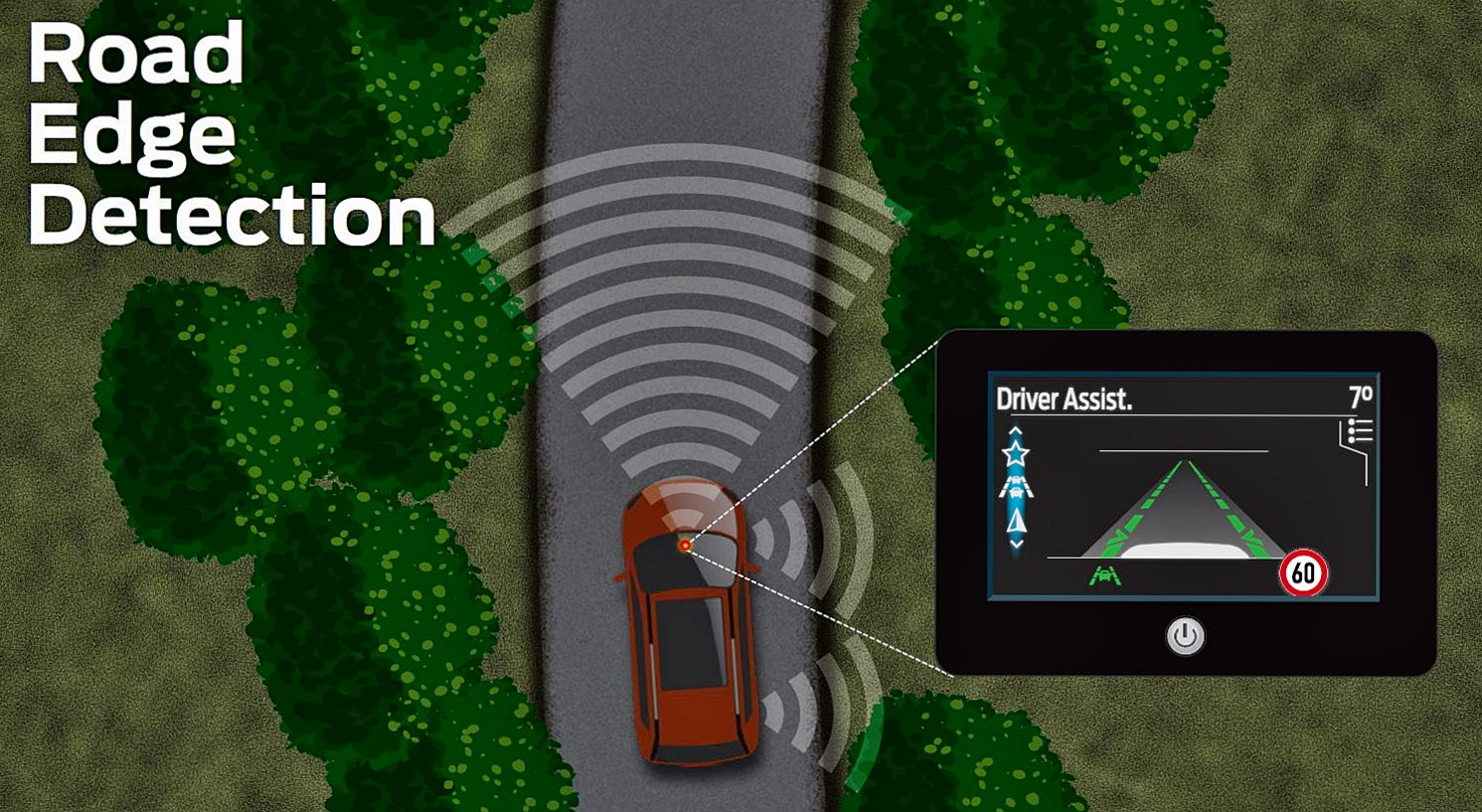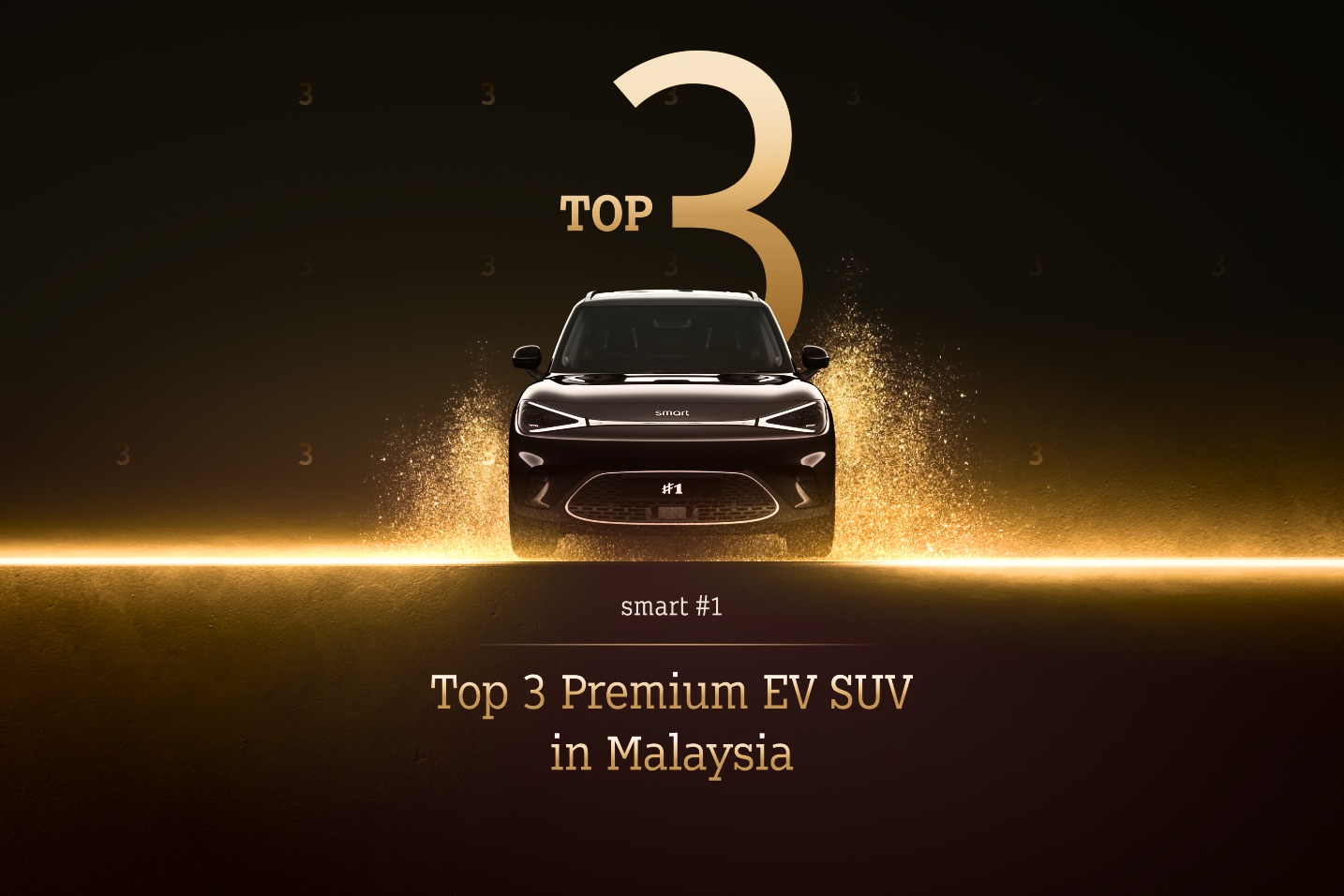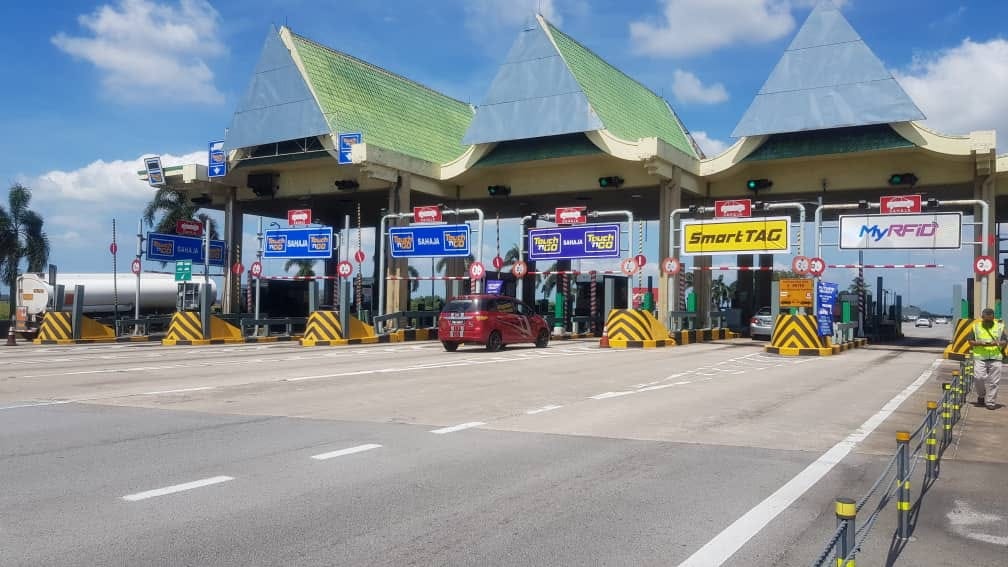
The built-in headlights in every car today have been around for about 100 years and over the decades, the lighting systems have evolved to make the illumination stronger, giving a better view of the road or ground ahead. From making headlights more powerful, the engineers have also been making them operate ‘intelligently so that optimum illumination is achieved with changing conditions.
Driving in the dark can be stressful, especially on unfamiliar, winding roads. Ford is therefore working on a new technology to increase comfort and safety when driving after sunset. The company has already done pioneering work in the camera-based recognition of traffic signs and lane markings to optimize headlights in order to better illuminate streets in the dark, especially at intersections.
Now, engineers from Ford Research and Advanced Engineering Europe are testing technology that uses real-time location data to effectively show the car the way to go. The predictive ‘smart’ headlight system directs beams into upcoming corners – even before drivers may have seen them, illuminating hazards and other road-users more quickly and effectively.
How it works
The prototype advanced lighting system uses GPS location data, advanced technologies and highly accurate street geometry information to accurately identify turns in the road ahead. An algorithm calculates the trajectory and speed of the vehicle to proactively adjust the direction of its headlights, providing optimal light coverage of bends, junctions – and even hazards lurking around the corner.
If the vehicle encounters a stretch of road where location data is not available, the system will work alongside camera and steering‑based dynamic headlight-bending technologies to continue to intelligently light the road until the location data improves.
Researchers have made extensive use of ‘digital twin’ simulation that recreates the physical world in a virtual environment. The simulator accurately calculates how light falls and reflects in the real world, enabling researchers to better visualise and optimise the technology for drivers. The Ford researchers used a simulation that reproduces the real world in a virtual environment. The simulation environment calculates the correct reflection of the headlights as in the real world, so that the researchers can visualize the lighting technology realistically and optimize it in terms of traffic safety.
“The predictive lighting technology we are now developing could one day make driving in the dark so easy that the driver basically just has to follow his headlights,” said Michael Koherr, Lighting Research Engineer, Ford of Europe. “This new map and location-based system is the next step in our search for how we can make driving at night as easy as it is during the day.”
Road Edge Detection – available today
The advanced lighting technology will complement another new technology that Ford has developed which can be especially useful on rural roads at night – Road Edge Detection. Roads in rural areas can be tricky as they may not only lack proper lane markings but also give way to open land, muddy ditches and sheer drops.
Ford’s new technology can help make rural driving easier as Road Edge Detection scans the road ahead and can gently steer the vehicle back on track when needed. Designed for use at speeds of 70 – 110 km/h, Road Edge Detection relies on a camera located below the rearview mirror to monitor road edges 50 metres in front of the vehicle and 7 metres to the side.
How it works
Where a paved road becomes a soft side, gravel hard shoulder or grass, the system provides gentle steering support as required to prevent the vehicle from drifting off the carriageway. The system features an advanced algorithm that determines when there are clear structural changes from the road to the area beside the road. It can also provide steering support on marked roads when the lane marking is obscured or hidden by snow, leaves or rain.
If the driver is still close to the edge following initial steering support, the system vibrates the steering wheel, to prompt the driver to steer. At night, the system uses the illumination from the headlights and functions as effectively as during the day.
While predictive lighting technology is still under development, Road Edge Detection is already available in Europe on certain models and will be offered in more models in future the way advanced safety systems like Pre-Collision Assist and Automatic Emergency Braking have been progressively included in almost all models.
To experience Ford’s safety technologies, ask any authorised Ford dealer for a test-drive. To locate a dealership in Malaysia, visit www.sdacford.com.my.
New Ford Ranger Raptor X Special Edition Redefines The Pick-Up Truck


